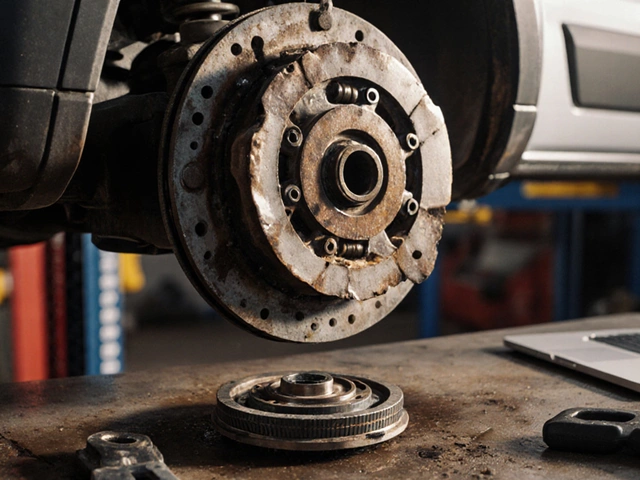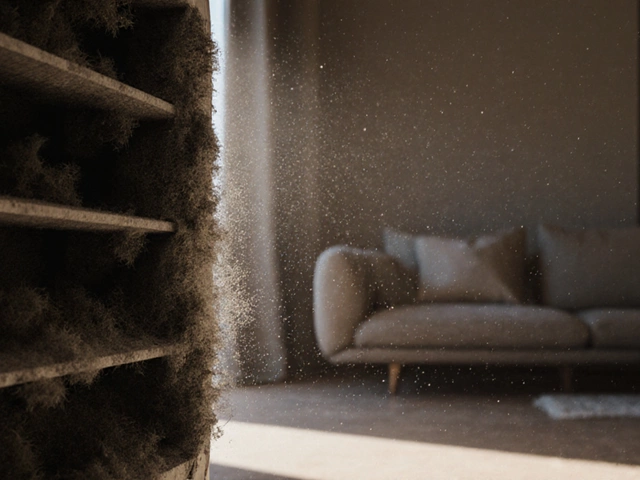
Brake Rotors: What They Are, How They Wear, and What to Do About It
When you press the brake pedal, the brake rotors, flat metal discs attached to each wheel that rotate with the tire. Also known as brake discs, they work with brake pads to slow your car by creating friction. Without them, your brakes wouldn’t stop the wheels—they’d just spin. It’s not just about stopping power; it’s about control, safety, and avoiding expensive damage down the line.
Brake rotors don’t last forever. They wear down over time, just like your brake pads. But unlike pads, you can’t see rotor wear just by looking at the tire. You need to know the signs: a thinning rotor surface, deep grooves, blue spots from overheating, or a steering wheel that shakes when you brake. These aren’t just annoyances—they’re warnings. A warped or cracked rotor can cause brake failure, especially under heavy use like mountain driving or towing. And here’s the thing: worn rotors don’t just hurt themselves. They ruin new brake pads faster, make your car pull to one side, and can even damage your calipers. It’s a chain reaction.
Brake rotors work hand-in-hand with other parts of your braking system. The brake pads, the friction material that presses against the rotor are the first line of defense. When pads wear out, they start grinding on the rotor, which can groove or warp it. That’s why replacing pads without checking the rotors is like putting new tires on a bent rim. Then there’s the brake system, the whole hydraulic setup that pushes the pads onto the rotors. If your brake fluid is dirty or there’s air in the lines, the pads won’t clamp hard enough—and that means the rotors have to work harder, heating up faster and wearing unevenly.
Most people think brake rotors last 50,000 to 70,000 miles, but that’s only true if you drive gently and maintain the system. Aggressive braking, heavy loads, or driving in hilly areas can cut that in half. Some rotors can be resurfaced—machined smooth again—but only if they’re still thick enough. If they’re too thin, replacement is the only safe option. And here’s what most shops won’t tell you: buying cheap rotors might save you $50 now, but they warp faster, make more noise, and wear out pads quicker. You end up paying twice.
There’s no magic checklist for when to replace rotors, but you can spot trouble yourself. Listen for squealing or grinding when you brake. Feel for vibration in the pedal or steering wheel. Notice if your car takes longer to stop than it used to. These aren’t just symptoms—they’re clues. And the posts below give you real-world examples: how one driver saved hundreds by catching rotor wear early, why some SUVs need thicker rotors, and what happens when you ignore the warning signs until it’s too late. You’ll see price breakdowns, DIY tips, and what mechanics actually do when they say "replace the rotors." No fluff. Just what you need to know to keep your brakes working—and keep you safe.
-
18 May






